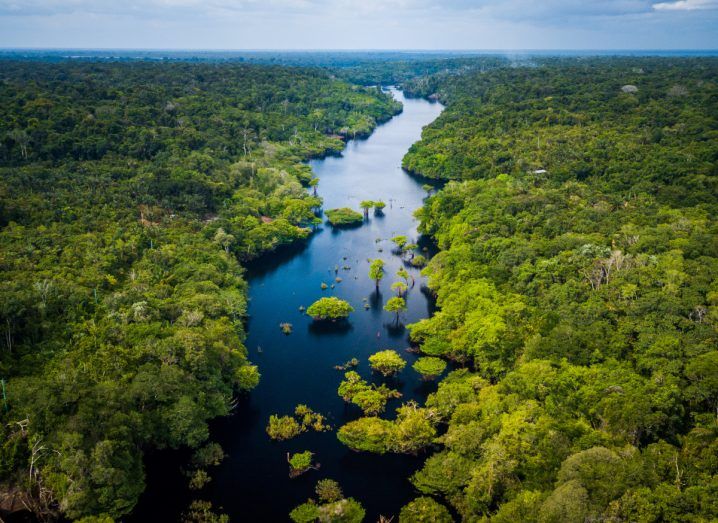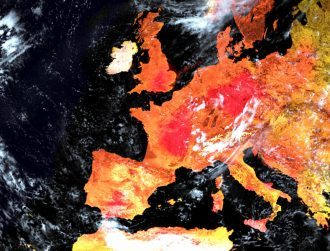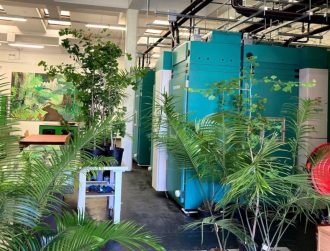
Image: © Marcio Isensee e Sá/Stock.adobe.com
The presence of mysterious ‘dark earth’ across sites in the Amazon point to ancient practices that can inform modern efforts to combat the climate crisis.
Ancient Amazonians may have intentionally engaged in practices that led to the creation of fertile “dark earth” through a process of carbon sequestration.
This is the finding of a study by an international team of researchers across the US and Brazil, published in Science Advances this week.
Despite the verdant appearance of the world’s largest rainforest, the Amazon River basin is surprisingly infertile for crops, due to its acidity and lack of nutrients. However, dark patches of fertile soil that intersperse the region have long eluded the understanding of scientists.
Now, the team from Massachusetts Institute of Technology (MIT), the University of Florida and institutions across Brazil claims to have uncovered the mystery behind the so-called “dark earth” – it may be the result of thousands of years of human activity that resembles composting.
“If you want to have large settlements, you need a nutritional base. But the soil in the Amazon is extensively leached of nutrients and naturally poor for growing most crops,” said Taylor Perron, a professor of earth, atmospheric and planetary Sciences at MIT.
“We argue here that people played a role in creating dark earth and intentionally modified the ancient environment to make it a better place for human populations.”
This means that ancient people of the Amazon were aware of the positive effects of composting practices in a region where it was notoriously difficult to farm. However, their practices led to another interesting phenomenon that scientists had not expected – carbon sequestration.
Using data collected over nearly two decades by working with indigenous communities, the scientists found that the dark earth contains large amounts of carbon because of generations of Amazonians purposely enriching it with scraps of food, charcoal and other waste.
“The ancient Amazonians put a lot of carbon in the soil, and a lot of that is still there today,” said co-author Samuel Goldberg, who performed the data analysis as a graduate student at MIT and is now an assistant professor at the University of Miami.
“That’s exactly what we want for climate change mitigation efforts. Maybe we could adapt some of their indigenous strategies on a larger scale, to lock up carbon in soil, in ways that we now know would stay there for a long time.”
Kuikuro indigenous territory
Their study particularly relates to the Kuikuro indigenous territory in the Upper Xingu River basin in the southeastern Amazon, which is home to archaeological sites with the presence of dark earth where the ancestors of the Kuikuro are thought to have lived.
“When I saw this dark earth and how fertile it was, and started digging into what was known about it, I found it was a mysterious thing — no one really knew where it came from,” said lead author Morgan Schmidt, who was then a graduate student at the University of Florida.
The researchers found on closer inspection that the Kuikuro maintained waste piles in specific parts of the village, which decomposed over time to form the dark earth. Kuikuro farmers also spread organic waste and ash on farther fields to generate more dark earth for farming.
“We saw activities they did to modify the soil and increase the elements, like spreading ash on the ground or spreading charcoal around the base of the tree, which were obviously intentional actions.”
In order to find out if the ancient Amazonians also had similar practices, explaining the presence of dark earth in archaeological sites in the region, the scientists dug deeper, figuratively, and discovered similarities in the dark earth’s spatial structure.
The team observed that the deposits of dark earth were in a radial pattern, concentrating mostly in the centre of both modern and ancient settlements, and stretching, like spokes of a wheel, out to the edges. The two samples, modern and ancient, were also of similar composition.
“These are all the elements that are in humans, animals and plants, and they’re the ones that reduce the aluminum toxicity in soil, which is a notorious problem in the Amazon,” Schmidt explained.
Using these ancient practices as inspiration, the team believes that modern sustainable agriculture and climate change mitigation efforts can “draw on traditional methods practiced to this day” by indigenous Amazonians.
“The key bridge between the modern and ancient times is the soil,” Goldberg added. “Because we see this correspondence between the two time periods, we can infer that these practices that we can observe and ask people about today, were also happening in the past.”
10 things you need to know direct to your inbox every weekday. Sign up for the Daily Brief, Silicon Republic’s digest of essential sci-tech news.





